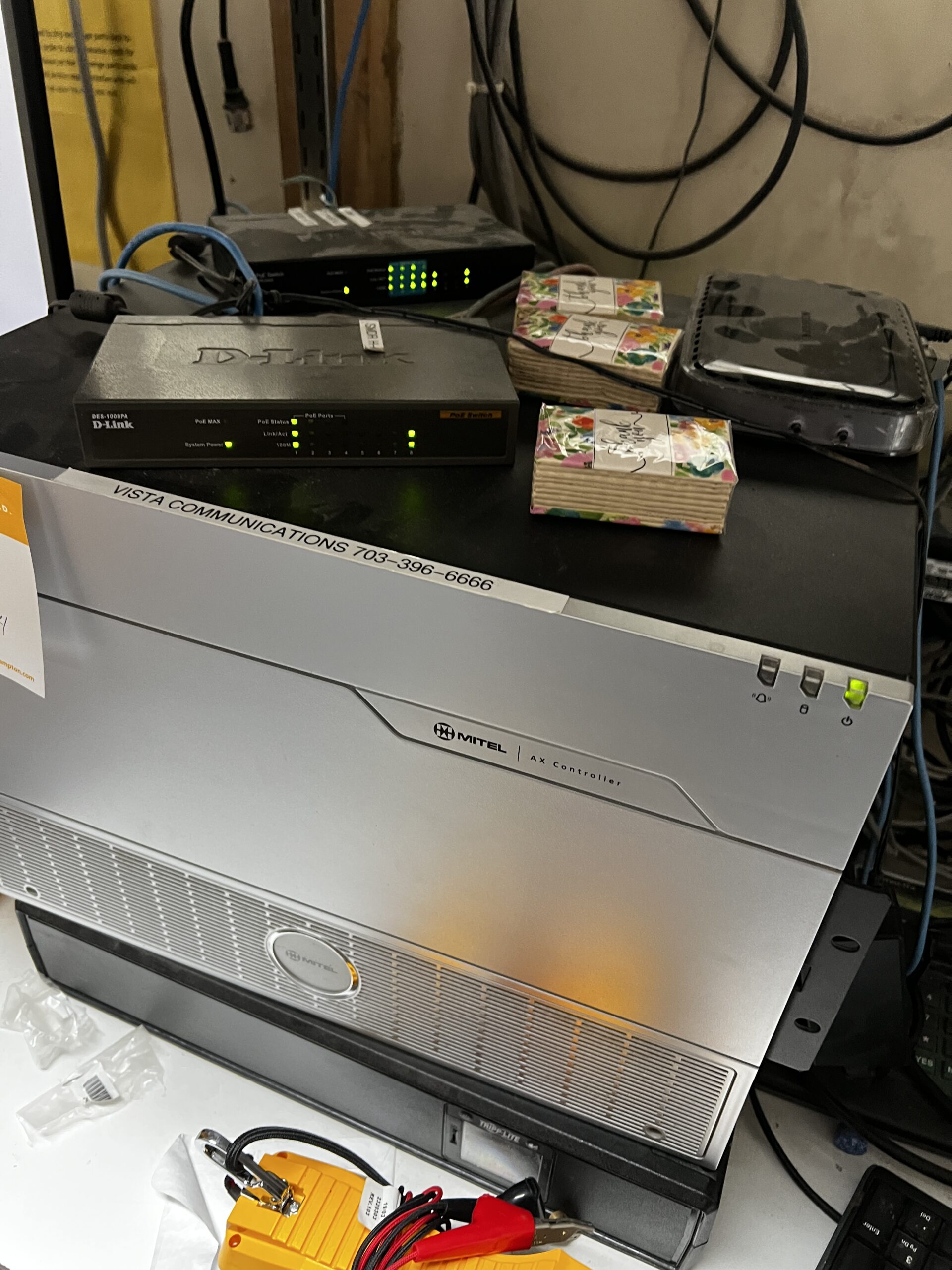The AX Controller, part of the Mitel SX-200 IP Communications Platform, is designed to support a wide range of IP and analog devices, making it an ideal solution for environments that require a high density of analog support. This guide provides an in-depth look at the AX Controller, its features, and how it can be utilized within your communication infrastructure.
Table of Contents
1. Overview of the AX Controller
The AX Controller is a robust and flexible component of the Mitel SX-200 IP Communications Platform (ICP), offering extensive support for both IP and analog devices. It is particularly well-suited for deployment in environments where a large number of analog devices are required, such as in hospitality or healthcare settings.
Key Features:
- Supports up to 248 IP Devices: The AX Controller can handle up to 248 IP devices, making it scalable and capable of supporting a wide range of communication needs.
- Supports up to 288 Analog Devices: It also supports a maximum of 288 On-Premise Stations (ONS), providing robust analog support.
- Combined Device Support: The AX Controller can support a combined total of up to 300 devices, offering flexibility depending on your specific needs.

2. Hardware and Configuration
The AX Controller is equipped with various slots and ports to accommodate different configurations and to expand its functionality as needed.
2.1. Card Slots and Ports
- 12 Line Card Slots: These slots support analog phones and trunks. Available cards include:
- 24-port ONS Line Card: Supports 24 ONS devices.
- 4 + 12 Port Combo Card: Supports four analog trunks and 12 ONS ports.
- Ethernet Ports: The AX Controller includes two 10/100 BaseT Ethernet LAN ports for network connectivity.
- Expansion Slots: There are two expansion slots available, one external and one internal, allowing for the installation of optional modules such as:
- Dual T1/E1 Module: Provides additional digital trunk support.
- DSP (Digital Signal Processor) Module: Enhances the controller’s processing capabilities, particularly for handling voice traffic.
- Power Supply: The AX Controller can be configured with a second AC Power Supply Unit (PSU) for power redundancy, ensuring continuous operation in case of a power failure.

3. Deployment Scenarios
The AX Controller can be deployed as a standalone system or integrated into a larger network of systems, providing additional analog support as needed.
3.1. Standalone Deployment
In a standalone setup, the AX Controller can be the primary communication hub for a small to medium-sized enterprise, particularly in environments with a significant number of analog devices.
3.2. Networked Deployment
When deployed as part of a larger network, the AX Controller can provide supplemental analog support to an existing IP-based communication system. This is particularly useful in environments where legacy analog devices are still in use alongside newer IP devices.
4. Advantages of the AX Controller
The AX Controller offers several advantages that make it a compelling choice for businesses with specific communication needs:
- Scalability: The ability to support up to 536 combined IP and analog devices allows the AX Controller to grow with your business.
- Flexibility: The AX Controller can be tailored to meet the specific needs of your environment, whether through standalone deployment or as part of a larger network.
- Reliability: With options for power redundancy and a robust design, the AX Controller ensures continuous operation, even in critical environments.
5. Conclusion
The AX Controller is a versatile and powerful component of the Mitel SX-200 IP Communications Platform, designed to meet the needs of businesses that require both IP and analog support. Its scalability, flexibility, and reliability make it an excellent choice for a wide range of deployment scenarios, from standalone setups to networked environments. By understanding the capabilities and configurations of the AX Controller, businesses can optimize their communication infrastructure to better serve their operational needs.

